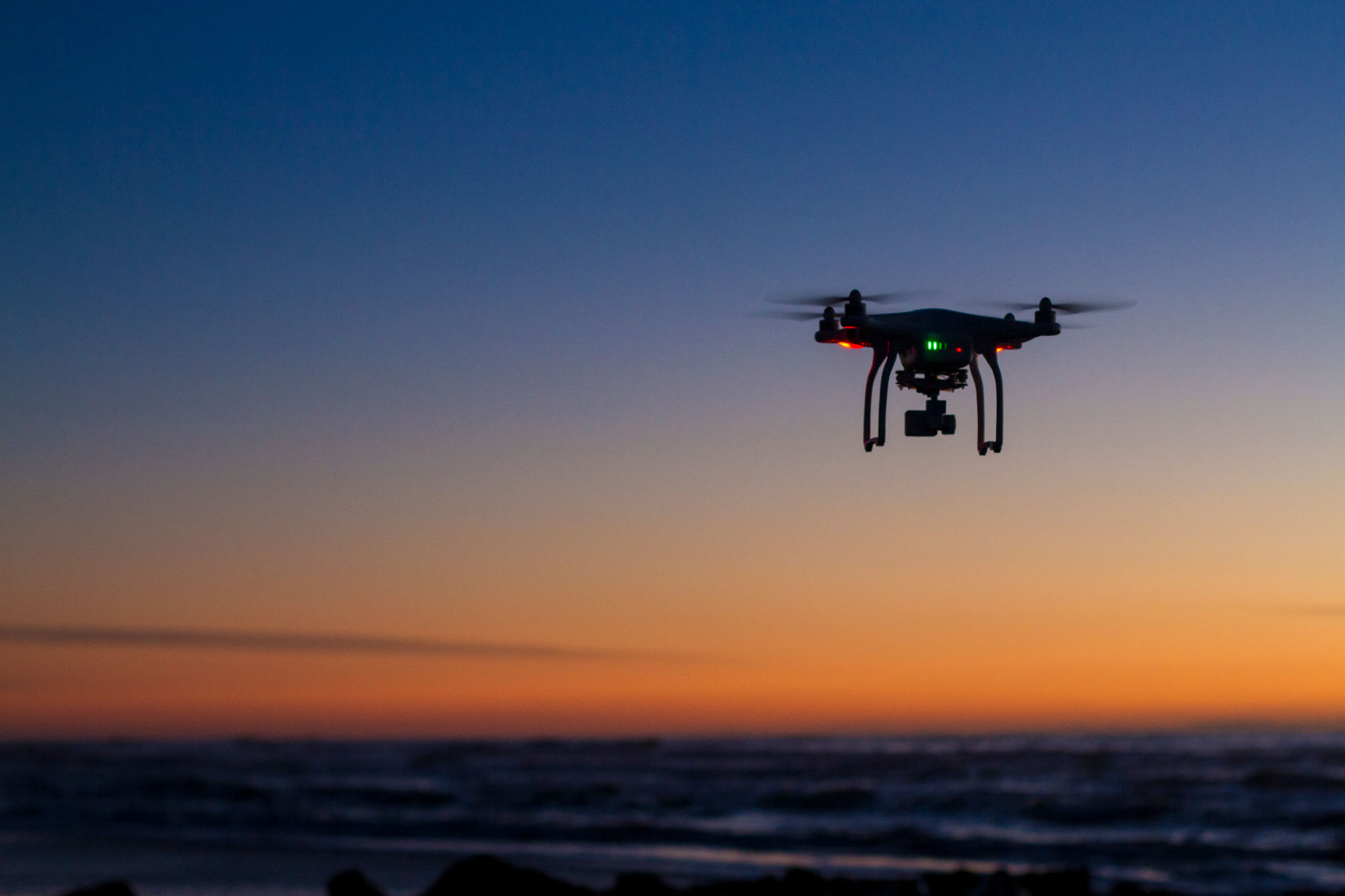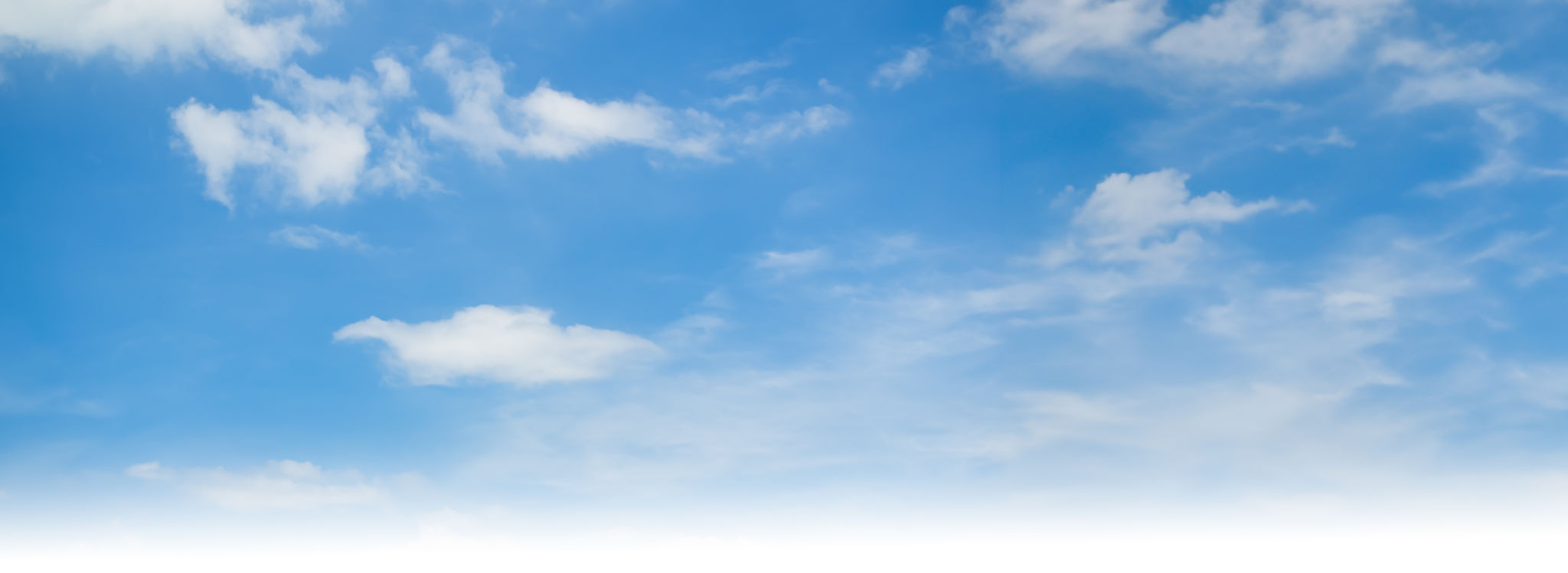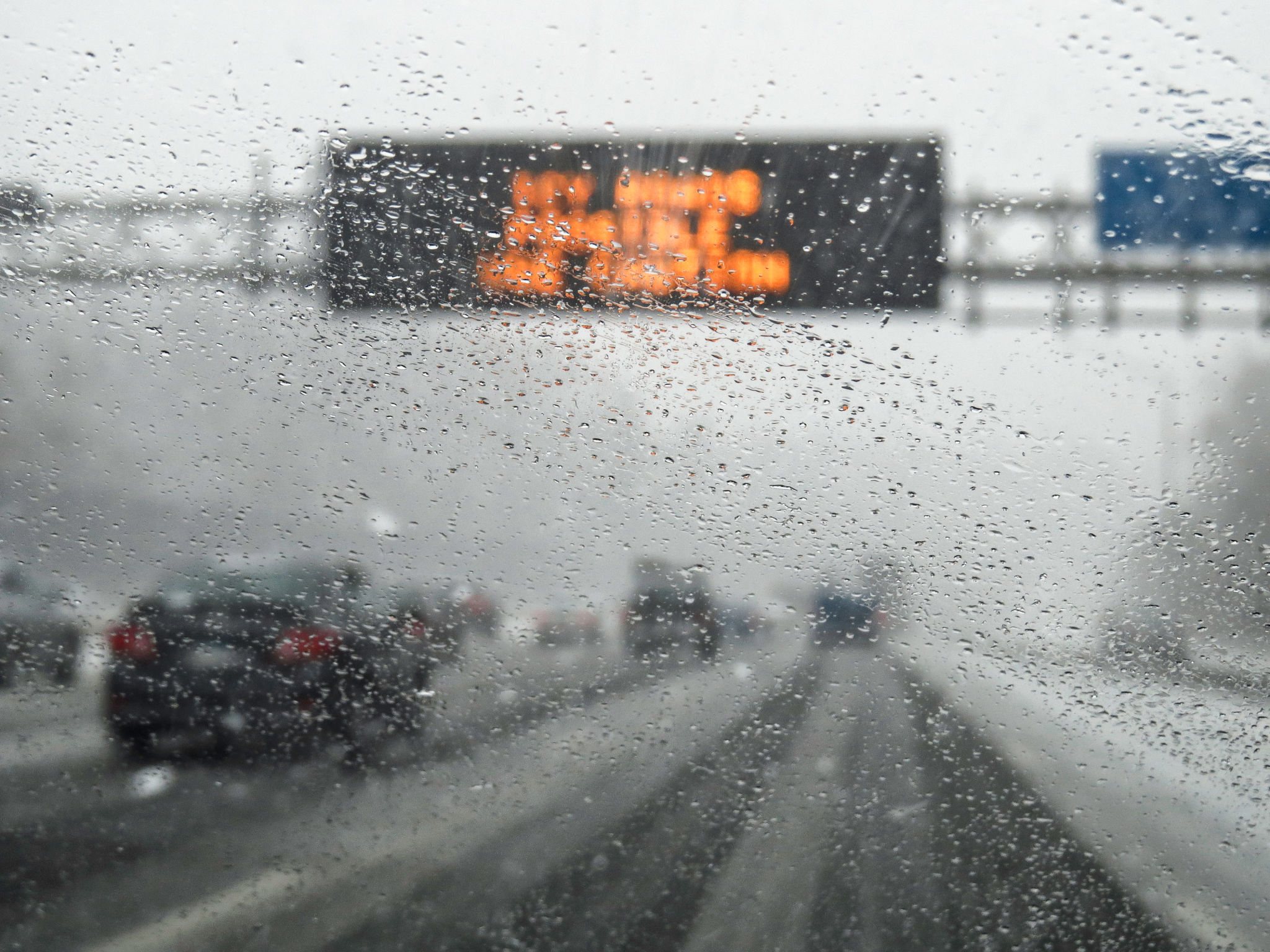How Weather Conditions Impact Drone Photography in Palm Coast
Understanding Weather's Role in Drone Photography
Drone photography offers a unique perspective, especially in scenic areas like Palm Coast. However, the success of capturing stunning aerial shots largely depends on weather conditions. Weather can significantly enhance or hinder the quality of drone photography.

The Impact of Wind
One of the most critical weather conditions to consider when flying drones is wind. High winds can destabilize drones, making it difficult to capture clear images. In Palm Coast, where coastal winds can be unpredictable, it's essential to monitor wind speeds closely. For optimal results, it's best to fly drones when wind speeds are below 10 mph.
Cloud Cover and Lighting
Cloud cover can be both a friend and a foe in drone photography. Overcast skies diffuse sunlight, providing soft lighting that reduces harsh shadows and highlights. This can be advantageous for capturing detailed images without the glare of direct sunlight. However, too much cloud cover might limit visibility and reduce the vibrancy of colors in your photos.

The Role of Temperature and Humidity
Temperature and humidity also play roles in drone performance. High temperatures can affect battery life, reducing flight time. Meanwhile, high humidity levels in Palm Coast can lead to condensation on drone lenses, which might blur images. To mitigate these effects, schedule flights during the cooler parts of the day and ensure equipment is dry before takeoff.
Precipitation Challenges
Rain is a significant concern for drone operators as it can damage equipment and make flying unsafe. Drones are typically not waterproof, and exposure to rain can result in electrical failures. It is crucial to check the weather forecast and avoid flying during rain or when rain is imminent.

Best Practices for Weather Monitoring
To navigate the varying weather conditions in Palm Coast effectively, drone photographers should adopt some best practices:
- Regularly check reliable weather apps for up-to-date forecasts.
- Use wind meters to measure on-site conditions before launching a drone.
- Have a backup plan for indoor photography or reschedule shoots if adverse weather is forecasted.
Conclusion: Embracing Nature’s Dynamics
Understanding how different weather conditions impact drone photography is crucial for capturing breathtaking images in Palm Coast. By paying attention to wind, cloud cover, temperature, humidity, and precipitation, photographers can make informed decisions about when and where to fly their drones. Embracing these dynamics ensures that each flight results in stunning visuals that showcase the beauty of Palm Coast from above.